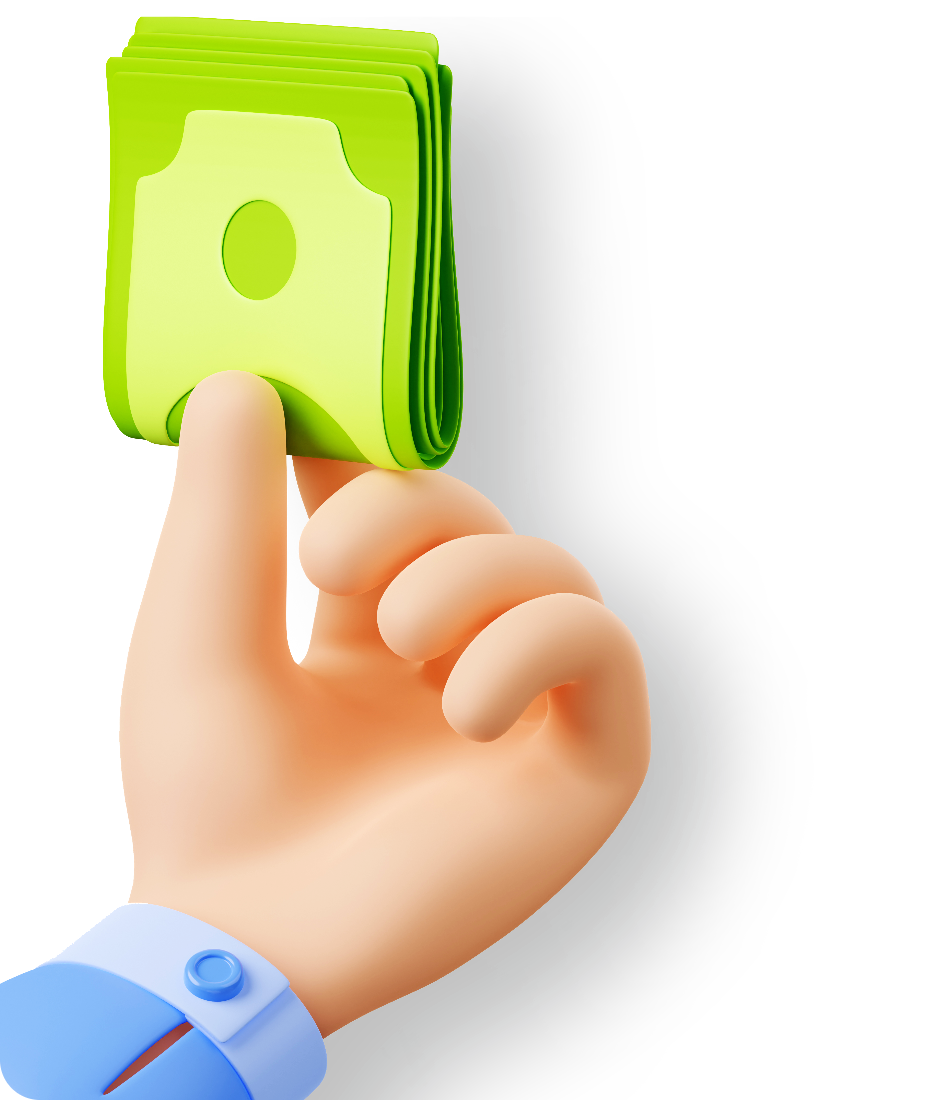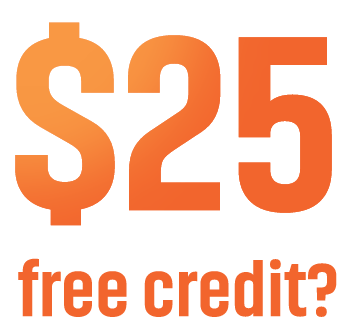If you are committed to climbing the search engine ladder and enhancing your site’s trust signals, external links are your secret weapon. These outbound links which lead from your website to another domain, might look like simple hyperlinks. But in SEO, they are extremely essential.
Search engines like Bing, Google, etc, consider external links credible signals. When you reference a high-authority website, you tell Google, “Hey, this source backs up my claims!” And Google rewards that. But hold up not all external links carry the same weight and value. You need to be strategic, understand how they work, when to use them, and how to balance them with your internal linking efforts.
By the end of this guide, you’ll know how to turn every external link into a powerful SEO asset. Let’s get right into it.
What Exactly Do External Links Mean in SEO?
External links (or outbound links) transport users from one website to a completely different online destination. These links are pivotal in improving user experience and signaling credibility to search engines. Their main motto is to:
- Pass link equity (ranking power) to the target page.
- Provide additional context that supports information on your webpage.
- Build trust by referencing reputable sources.
- Encourage better search engine positioning.
- Bring referral traffic to your site and improve lead conversions.
How Do Search Engines Evaluate External Links?
- Authority of the Linking Domain: Links from high-authority, trustworthy websites carry more weight.
- Topical Relevance: Links from sites or pages related to your content’s subject matter are considered more valuable.
- Anchor Text Usage: Descriptive and relevant anchor text helps search engines understand the linked content.
- Number of Unique Referring Domains: A diverse backlink profile with many different sources signals credibility.
- Context of the Link Placement: Links placed naturally within relevant, high-quality content are favored over sidebar or footer links.
Internal vs External Links
While internal linking helps users navigate your website, external links guide them to relevant, authoritative sources outside your domain. Both are essential for good SEO but they serve different purposes.
Below is a quick comparison:
| Features | Internal Links | External Links |
| Destination | Same website | Different website |
| SEO Benefit | Improves crawlability & structure | Boosts credibility & context |
| Anchor Text Importance | High | Very High |
| Trust Factor | Moderate | High if the source is authoritative |
| Link Equity Flow | Retained within your site | Passed to the external site |
| User Experience | Enhances on-site navigation | Adds context, credibility, and resources |
| Reputation Impact | Neutral to positive (if relevant) | Can enhance or damage trust depending on the source |
| Nofollow Usage | Rarely needed | Often used for sponsored/untrusted content |
7 Effective Ways to Use External Links for Maximum SEO Impact

By now, you must know how website owners and businesses hinge on external linking to achieve quality content and enhanced authority. Below are seven strategies to optimize your external linking approach, helping you manifest both clarity and credibility in your content:
1. Use Descriptive Anchor Text That Reflects Your Topic
Generic text like “click here” does no favors to users or SEO. Instead, use descriptive, relevant keywords in your anchor text that clearly communicate where the link leads. A study by Ahrefs found that links with relevant, descriptive anchor text significantly improve search rankings, as they signal content intent to search engines.
Remember to:
- Keep it relevant to the destination page
- Not over-optimize by repeating the same keyword too often.
- Use variations to maintain a natural tone.
For Example, instead of “learn more,” try “explore SEO best practices.”
2. Link to High-Authority Sources That Add Value
Would you quote a WhatsApp forward or a verified research paper? Exactly. When linking externally, aim for well-known, trusted websites such as:
- Government (.gov) or education (.edu) sites
- Research-based platforms like Moz, Statista, Semrush, etc.
- Authoritative industry blogs
This boosts your page’s trust and helps search engines associate your content with top-tier resources. But here’s the catch don’t force it. Link out only when it genuinely supports your point or adds depth to what you are saying.
3. Create Content That Encourages Natural External Linking
Want people to link to your page naturally? Then, create content worth linking to. This includes:
- Original research
- Infographics
- Expert roundups
- Guides and tutorials
4. Diversify Your External Links to Avoid Over-Optimization
Avoid repeating the exact anchor text across multiple outbound links. Use variations and make sure your links:
- Serve different purposes (education, citation, tools)
- Point to different sources
- Complement the topic without redundancy
5. Use Nofollow When Needed
Use rel=”nofollow” for:
- Paid links
- Untrusted or user-generated content
- Sponsored posts
This protects your SEO while still offering users access to valuable resources.
6. Update Broken External Links Regularly
Dead links kill SEO. Perform audits using tools like Ahrefs or Screaming Frog to:
- Identify broken outbound links
- Replace or remove them promptly
- Maintain content freshness and credibility
7. Balance External and Internal Links for SEO Harmony
Your external linking strategy should complement your internal linking plan. Strike a balance by:
- Using 3–5 external links per long-form blog
- Including 3+ internal links to keep users engaged
FAQs
Use nofollow for sponsored or untrusted links only when you fully trust the source and want to pass authority.
Two to four well-placed, relevant external links for every 1,000 -1200 words.
Only if they point to spammy, irrelevant, or low-quality sources. Quality over quantity is the key.
It’s generally a good idea to open in a new tab. This lets users explore additional information or the context of the hyperlink while staying on your site.
Both internal and external linking are essential. Internal links share page authority and guide users. While external links connect your content to authoritative sources.
Indirectly, yes. Linking to reputable sources builds trust and encourages reciprocal links, which can drive referral traffic and boost visibility.
No need to force it. Use natural anchor text that reflects the linked content without over-optimising.
In case you missed!






